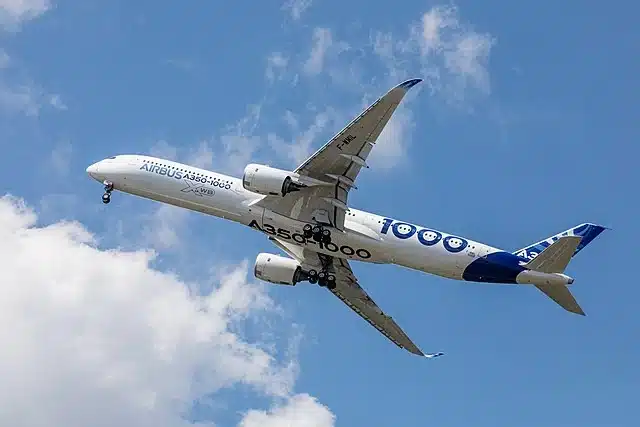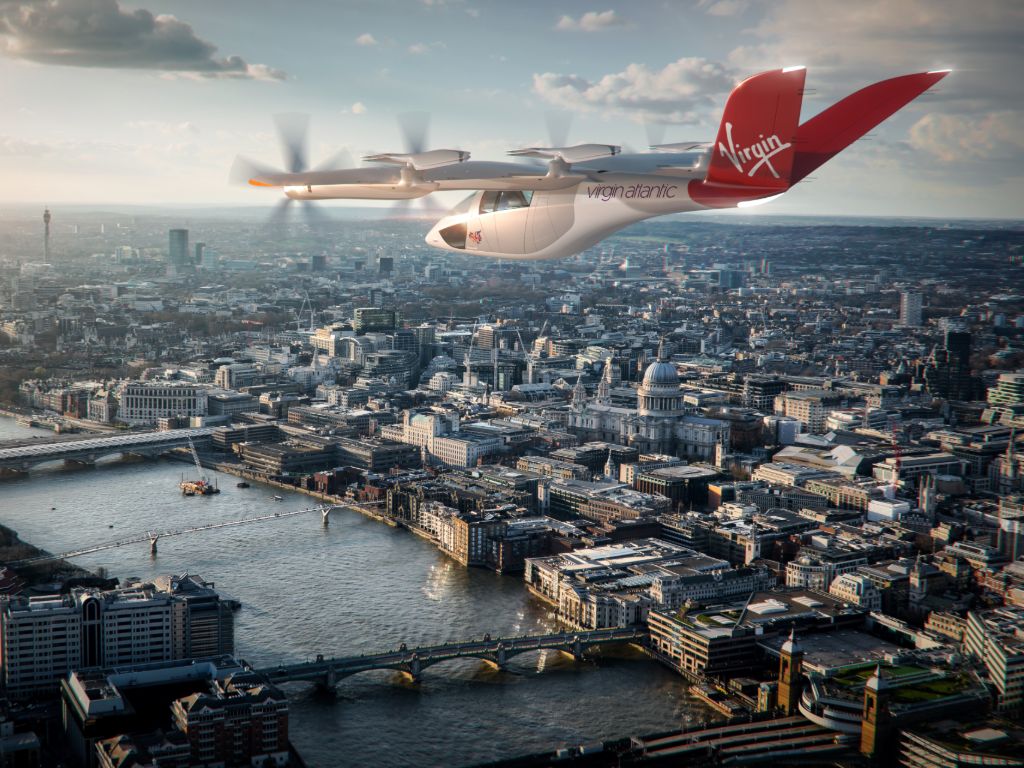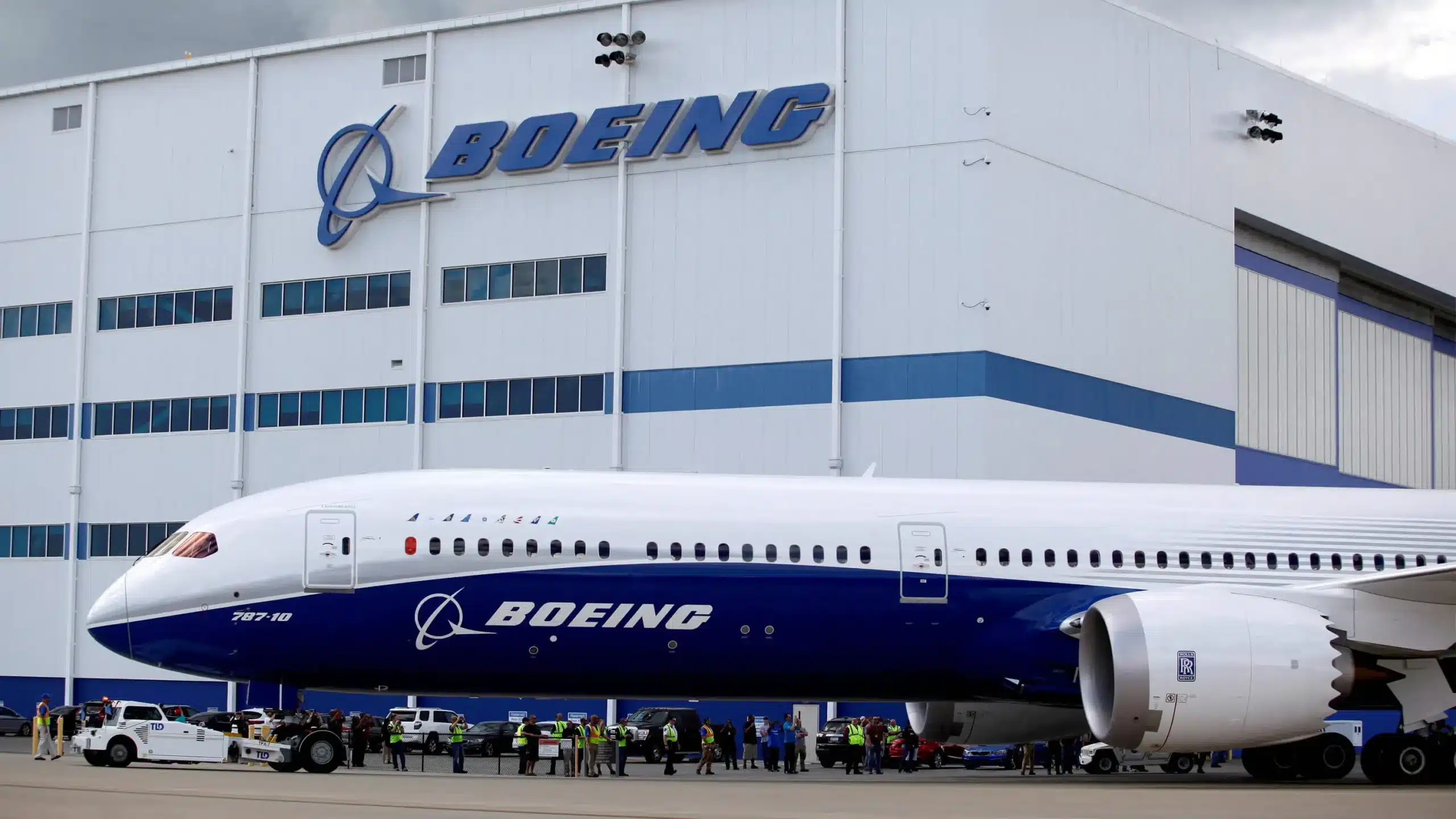What are the private plane costs such as the G800
No! we are not going to give you Private Plane Costs such as “hourly rate”. We explain the exact cost of owning and operating a private jet.
Hourly rates are meaningless and only makes sense for brokers.
We know what you are really asking – “If I won the lottery tomorrow – how much would a private plane cost (to own & operate) in 2022?”
We got the answer.
You want Planes
You want that Gulfstream 800 they just announced. The one that flies close to Mach 1. But your parents are like “Why in god’s name would you do that?” Or your real friends say, “Maybe a private jet company like NetJets or Wheels Up could be a better option for flights”?
Maybe indeed. But you’ve gotten that Black Card and your last commercial flight didn’t get great TikTok numbers. So let’s go… bigger.

Private Flights
We got big answers. $$$. And we’re confident It’s 95% correct even as the market sways through the Covid pandemic. Especially in the HNW (high net worth) market that is mostly unreported and has lots of “middle-men”.
So, while it’s impossible to know 100%, we did see a business plan report recently and cross-referenced these costs with some database report access we have. So, we stand by our private plane costs.
Private Aircraft Types
Firstly, there’s lots of types of private planes. Small, medium, and large. You can buy a 20-year-old Citation for USD $1M, A Gulfstream for $10m-$20m or you can have an STC modified commercial aircraft like a BBJ (Boeing 737) or ACJ (Airbus A320) for USD $75-$100M.
For the Uber-wealthy you could have a Boeing 777 VVIP for $250-$500M that has a ground-to-air defense system. Really.
But we know what you mean. And so does the Market. Ladies and Gentlemen, we present to you the Bombardier Global Express 7500. Bow in its presence and tell us that this is indeed the picture you had in your mind’s eye? If we are to dream – dream big.
This is the most purchased, leased and chartered private jet in history. It’s got the flight range and international flight capability you need. Capacity: You plus ten lucky friends, family or pets.
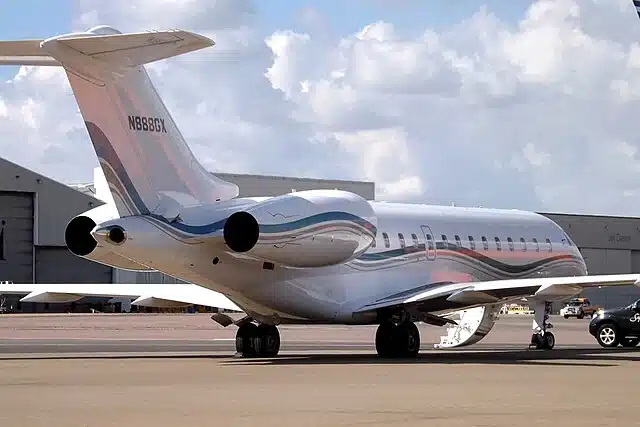
Prices to buy - Global Express
We found 3 listings in 2022. Prices were “on-request”. So, we requested. Two were brand new and discounted to $65m and $70m respectively and the third was still on the production line and they wanted a premium for this delivery “slot” at $80M.
To be fair it had some neat toys and a very contemporary interior. More on interiors later. But you are looking at $70m cash as a ballpark for an aircraft that can pretty much take you anywhere on the planet.
Finance or lease rate costs
Yes, it’s possible to finance the purchase/lease of the aircraft but only a handful of banks or institutions would be interested and only if they knew you in a “financial” sense. In other words, if you are a wealthy person who already has cash on deposit with them, or the leader of a sovereign state.
But in general, we use the 1% rule in aircraft finance. The lease rate will come to 1% of the aircraft’s value as an indicator. So, each month we expect to pay USD $750,000 just for private plane costs for lease. Interest rates for these transactions will be 6-8% compared to commercial aircraft rates which would be 3-5% range.
Service Hours per year
This is where things get tricky. And when you are quoted an hourly rate by a broker or a VIP operator, what you see is a simple calculation of all the costs divided by the number of hours expected to be operated by that jet in one year.
Plus, their margin. Your hours will be around 125 per year – whether you are an NBA star or Logan Paul. If you are like me, it will be closer to fifty.
NetJets Card
But you can see where the hourly costs rise dramatically when you reduce the number of hours operated. Right? Now you know how commercial aviation works.
The more hours you fly – the lower the hourly rate you can potentially offer your customers. This is how providers like NetJets work. If you don’t mind other people using “your” aircraft when you are not, your costs are reduced. It’s simple math.
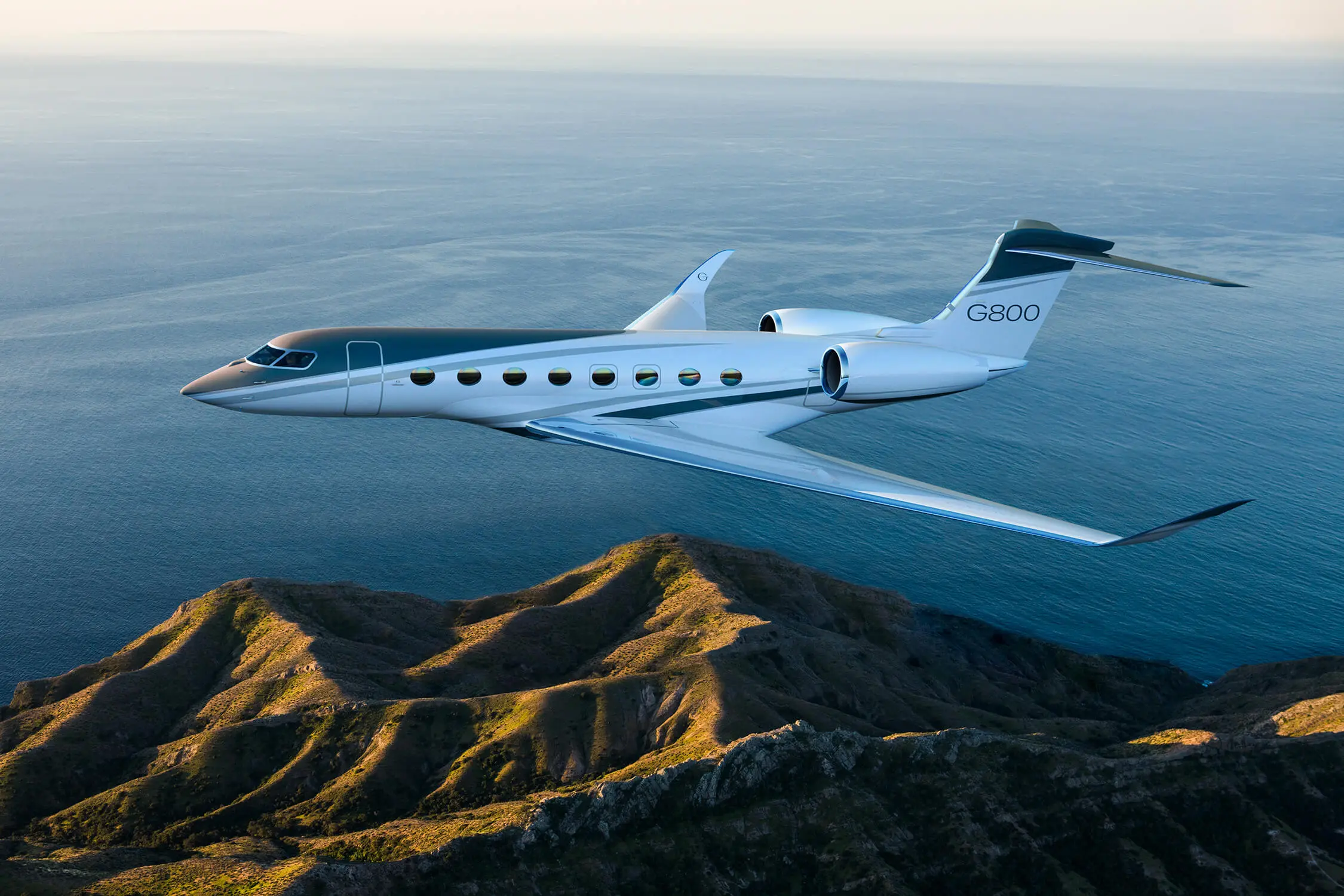
Fixed and Variable costs of a Private Plane
You’ve heard that phrase about boat ownership “the cheapest day of owning a boat is the day you buy it”. Well, the same goes for private jet ownership. First you must get an FBO or AOC holder as the aircraft must be on a country register, operationally controlled and under a CAMO (certified airworthiness management organization) controlled maintenance program.
There are one-stop shops here, but you are looking at around USD $100k a month just to get their arms around your G7500 from a legal perspective. Then there are the day-to-day running costs of the jet. Both when it’s just sitting there as well as when you are flying in it. Then there’s other costs.
Airport Costs
- Fixed (aircraft not flying) – Crew. Hanger. Insurance. Parking. Maintenance. All of this will cost you in the region of USD $500,000 per year with the lion’s share being the flight crew salaries and VVIP Flight attendants. Also, aircraft are living, breathing machines that want to fly. They need constant looking after when they’re not in the air.
- Variable costs (aircraft flying) – So you decided to go to Margarita Island and now you need to pay the variables. Fuel, Airframe Maintenance and engine maintenance hourlies, APU maintenance. Landing charges, handling charges, Navigation charges. Plus, all that gourmet food you expect on board. For your 125 hours a year this will come to around USD $425,000 for Global Express.
Business Jet Maintenance
Aircraft and Engine maintenance are both Cycle and Calendar based. If you don’t operate many flight hours, you would be wrong in assuming that, like an electric car battery, the “charge” remains in the aircraft waiting to be used.
It does not. It dissipates and it does so due to the regulatory mandated checks that your aircraft must undergo periodically, whether you have used the aircraft or not. An annual check for this aircraft will be USD $1 – $1.5m whether the hours are 1000. Or Zero.
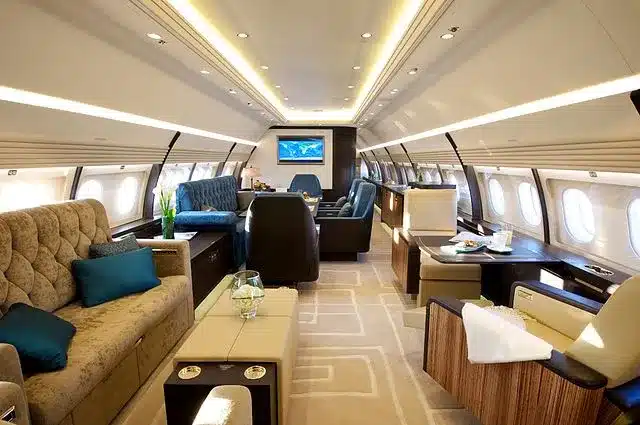
Empty Legs, Charter Flights and other costs
Say you based your aircraft in Miami. Perfect. You roll up to the air stairs in the black limo and there’s your crew waiting for you. You look around to see if the paparazzi or old school friends might be there to snap a picture. But they are not, and so you fly to Margarita Island with your friends for two weeks.
Your jet sits there for two weeks too. So will the crew. The maintenance must also continue and so now you must organize support in this new “base” in Margarita.
Even though you are already paying for it in Miami. Your Homebase FBO might help a little, but they cannot magically appear in any location around the world to deliver services like daily and line checks.
Private Plane Costs - Gulfstream
You have another option. You can send the aircraft home (empty leg flight) and have it come back out to collect you in two weeks. If you were to calculate the difference however, you would realize that this would be the wrong option.
Not only is it far more expensive this way, but it’s also private flying without you in it and its adding CO2 emissions to the atmosphere for no reason.
And what if you are in another city and the aircraft needs to be sent there to meet you? More empty flying. Or if you decide that you want to take a boat to another Island.
Your aircraft now needs to follow you there. Empty flying. Or you are in Berlin, and you want to fly home. Or any other of a multitude of one-way flights. Things start to get costly. Unless your name is Ye, and you don’t really care.
The Fractional Ownership Dilemma
As you can see, your total costs per hour as a private 7500 owner are up there in the $250,000-$350,000 per hour range compared to the $25k or $35k per hour you may have been quoted for a private charter flight. This looks bad for ownership. But imagine you flew 1,000 hours per year?
Now you would be in that charter price range. If you were in the Private Jet travel business and could do 2000 or even 3000 flight hours with some partners, you can now see where you could start to make a margin. Just like NetJets.
But if you don’t fly many hours and you want the best aircraft money can buy, then the money divided by the hourly rate is going to give you a heart attack. This is what NetJets figured out in the late 90’s.
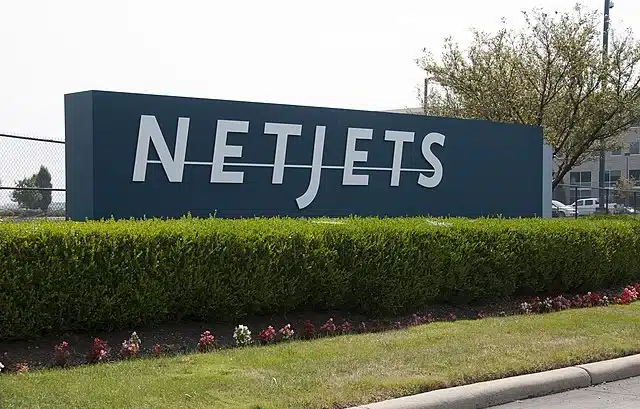
Private Jet-Set
NetJets wanted to give clients the private jet services they wanted, where they wanted it. But the risk (cost) element is vastly reduced thanks to them being able to raise the total operated hours per aircraft due to multiple customers and their multiple journeys. Many of which cross the same paths.
You only own/pay for the part of the aircraft that you want to use, and you subscribe to an annual minimum guarantee “use it or lose it” number of private flights. Yes, they must move aircraft around a little bit and sometimes you don’t get “your” aircraft.
Or it’s a slightly smaller one or they ask you to travel a couple of hours to another airport. But this all works in places like continental USA where the infrastructure and vast amounts of airfields provide that flexibility.
Our advice is this. If you are rich and want to live most of your life on a boat or private jet, then buy the best you can afford and enjoy it. Private Air travel and Private Aircraft are best left to the aircraft management companies unless you need to be in three hundred cities per year, just like Ye.

